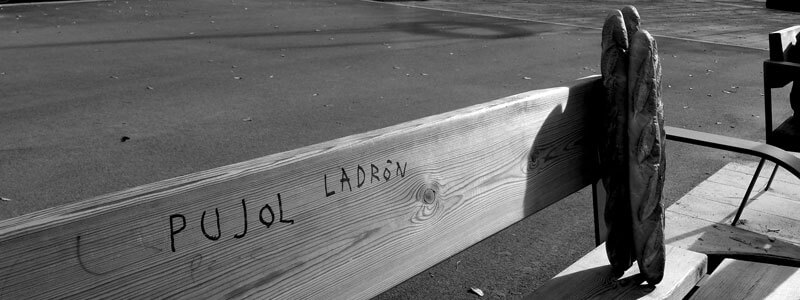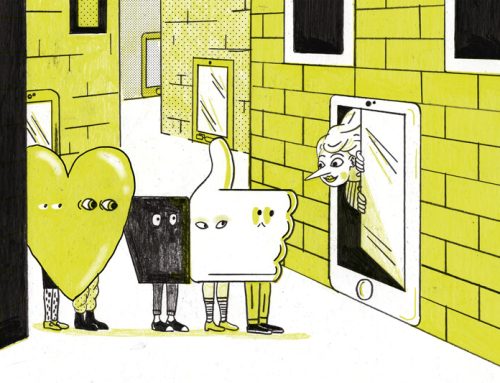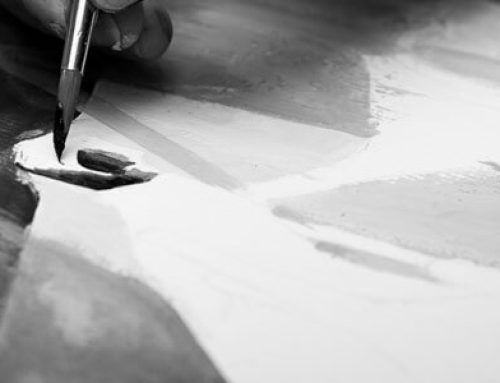A city is not a city without its benches. By offering a place of rest to anyone and everyone, they make streets something more than circuits.
Just look at their odd length. The primordial bench maker could have simply taken the chair outdoors. Instead, he wanted to bring friends and strangers together in the common cause of doing nothing at all. I’d wager a city’s values can be judged by the number, and the design, of its benches. I have been to mean-spirited cities whose benches have been twisted into horrible, crooked shapes that prevent a weary soul from taking a nap. Like Tolkien’s noble elves tortured and corrupted into nasty orcs, they poke or toss a prone body onto the pavement. Barcelona hasn’t gone that far, but something sinister is afoot.
Barcelona’s urban furniture tends to fall into two categories: the old, standard sit-down-with-someone bench, or a new wave of single-seater chairs. And the chairs are making headway. The shift to only sitting upright and all by one’s self is subtle. That’s partly because Barcelona’s old benches are just decent, decent both in the sense of being run-of-the-mill, but also in the sense of being inherently good. They are boringly good, so uncomplicatedly good as to go unappreciated.
Grass has never flourished in this town. Nor have its benches. But limited in number, our benches migrated to where they were most needed. A square without a bench is just a space to hurry through, or kick a ball, or park a moto. So that’s where they tended to gather, like cows in a pasture. That way they made our squares into spaces to stop moving. They stood out among the other objects in the city, such as sidewalks, traffic lights, and street signs, which are all designed to keep you going. The bench says, “Take a break. Whatever it is, it can wait.” The chair, well, what could be lonelier? At least the bench opens the possibility for companionship.
The problem is that benches are not postmodern or millennial or anything else that has to do with the now. They are from a time when repose, not productivity, was a mark of success. They don’t synch up with capital and connectivity. In fact, benches do their best to pause the commodification of our lives. Time spent on them is free of charge. It is, actually, an economic loss to “waste” time on one. Fewer things are as counterproductive as sitting down at a place that is not a desk. Mobile phones have threatened this, of course, but at least the bench doesn’t push you headfirst through a screen.
Silent as trees, benches are not “smart” devices. Far from having wires or waves, they don’t even have moving parts. They are for activities that are perilously close to non-activity. Besides the occasional lovemaking, they are designed to encourage thinking, napping or aimless wandering for eyes, ears and minds.
But recently I found one bench (pictured above) in the Plaça de l’Assemblea de Catalunya (better known in La Sagrera neighborhood as the “plaza de las ratas”) that has taken its innate sense of civic duty to a new extreme.
This bench has adopted an active role in fighting against what it apparently sees as a rigged game. This bench has not only had enough of the corruption cases plaguing Catalonia to erupt in graffiti protesting the ex-president’s behavior, it has also sprouted three loaves of bread.
Note how the bench cradles the bread, as if the loaves were tucked between the crook of persona’s arm and shoulder. If lying horizontal, they would have remained partially camouflaged, as if forgotten or discarded as inedible. Upright, they invite a passerby to sit down, break off a piece to eat and then share the rest.
Perhaps, feeling endangered, this bench was infused with something like life. Don’t take this simple seat for granted, it seemed to say.








